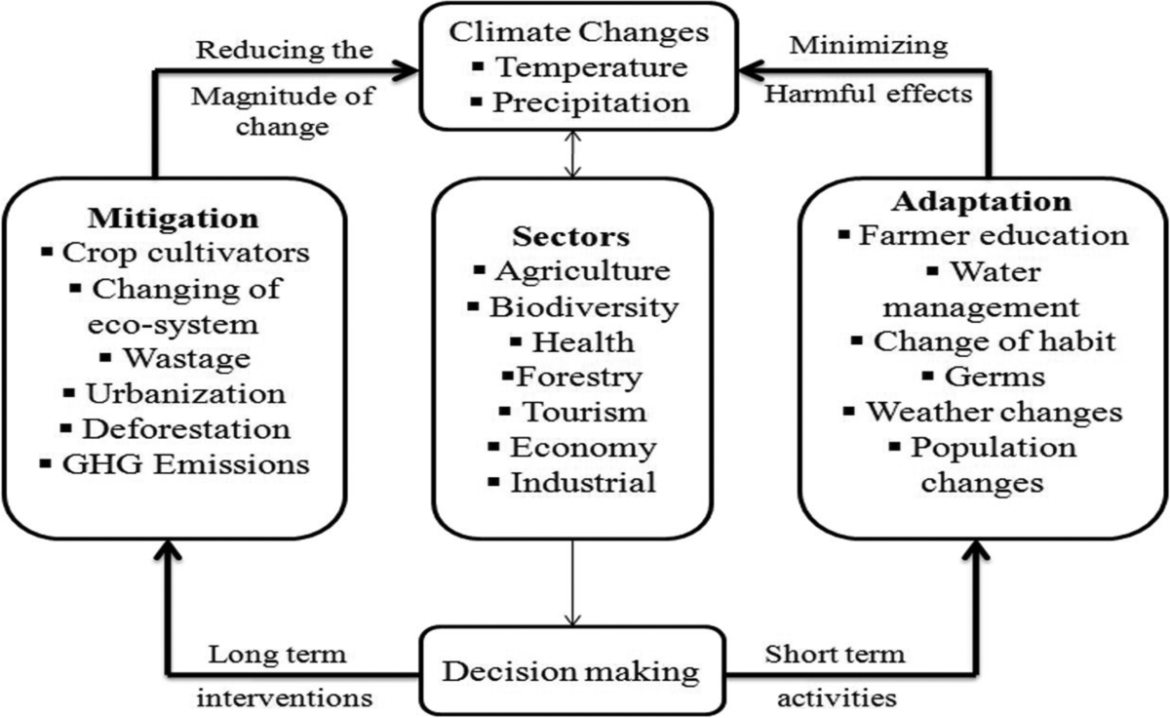In 2024, the landscape of press releases has evolved to meet the demands of an increasingly digital and fast-paced world. Crafting an effective press release now requires a blend of traditional PR agency skills and a deep understanding of digital trends, media consumption habits and audience engagement.
Press releases are as much about storytelling as they are about news, requiring brands to create narratives that resonate with their audiences. Here’s some great press release distribution tips.
The Rise of Digital-First Press Releases
In 2024, press releases are predominantly consumed online, meaning they need to be optimized for digital platforms. This shift has influenced both the format and content of effective press releases. Today, brevity is key. Journalists and readers alike prefer concise, impactful releases that deliver key information quickly. Headlines must be compelling and informative, with the core message communicated within the first few lines. The traditional “inverted pyramid” structure—where the most important details come first—remains crucial, but the need for immediacy has never been greater.
Moreover, integrating multimedia elements such as images, videos, infographics and links has become standard practice. These elements not only enhance the visual appeal of a press release but also improve its shareability and engagement on social media and other digital channels. Press releases are as much about storytelling as they are about news, requiring brands to create narratives that resonate with their audiences.
SEO and Discoverability
Search engine optimization (SEO) plays a significant role in crafting press releases in 2024 and beyond. With journalists and consumers alike using search engines to find news and information, ensuring your press release is discoverable is critical. This involves using relevant keywords, optimizing headlines and meta descriptions, and including backlinks to your website or other relevant content. The goal is to enhance visibility, not only through media coverage but also through direct search engine results.
Incorporating structured data (such as schema markup) is another advanced tactic that helps search engines understand and present your content more effectively. This can lead to better indexing and higher search rankings, ultimately increasing the chances of your press release being found by the right audience.
Personalization and Targeting
One-size-fits-all press releases are less effective today than in earlier times. Personalization is now a key factor in getting the attention of journalists and media outlets. Tailoring your press release to the specific interests and beats of the journalists you’re targeting can significantly increase your chances of coverage. This means understanding the unique angles that different journalists or publications might be interested in and customizing your pitch accordingly.
Distribution strategies have also become more sophisticated. Instead of sending mass emails, PR professionals are now leveraging media databases and CRM tools to segment their contacts and deliver more personalized, relevant pitches. This targeted approach not only improves the likelihood of your press release being picked up but also helps build stronger relationships with media professionals.
Measuring Impact and ROI
Measuring the success of press releases has also changed. While traditional metrics like media mentions and coverage are still important, there’s now a greater emphasis on digital metrics. Engagement metrics such as click-through rates, social shares and web traffic generated by the press release are crucial for evaluating its impact. Brands are also increasingly using analytics tools to track the long-term impact of press coverage on brand awareness, reputation, and even sales.
Crafting effective press releases in today’s media climate requires a strategic approach that blends traditional PR practices with modern digital marketing techniques. By prioritizing brevity, incorporating multimedia elements, optimizing for search, personalizing your pitches and measuring digital impact, you can ensure that your press releases resonate with both journalists and your target audience. As the media landscape continues to evolve, staying adaptable and innovative will be key to maintaining the effectiveness of your press releases.

